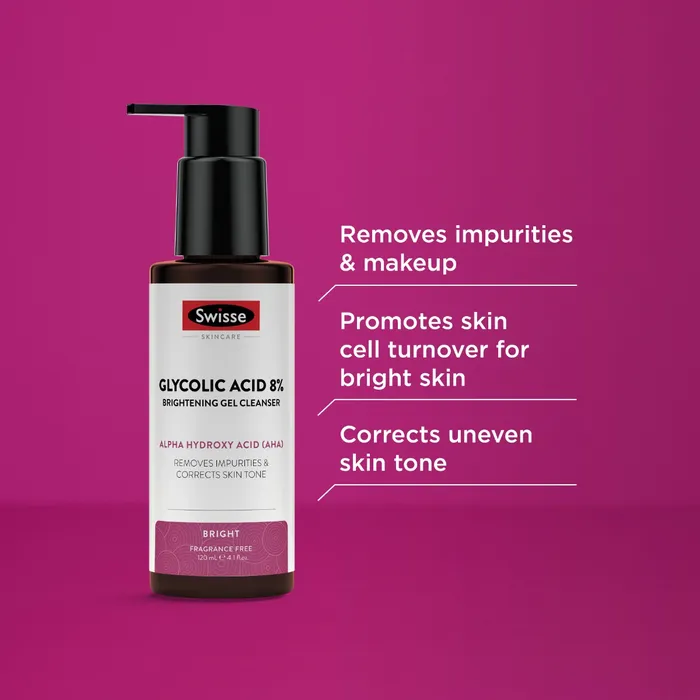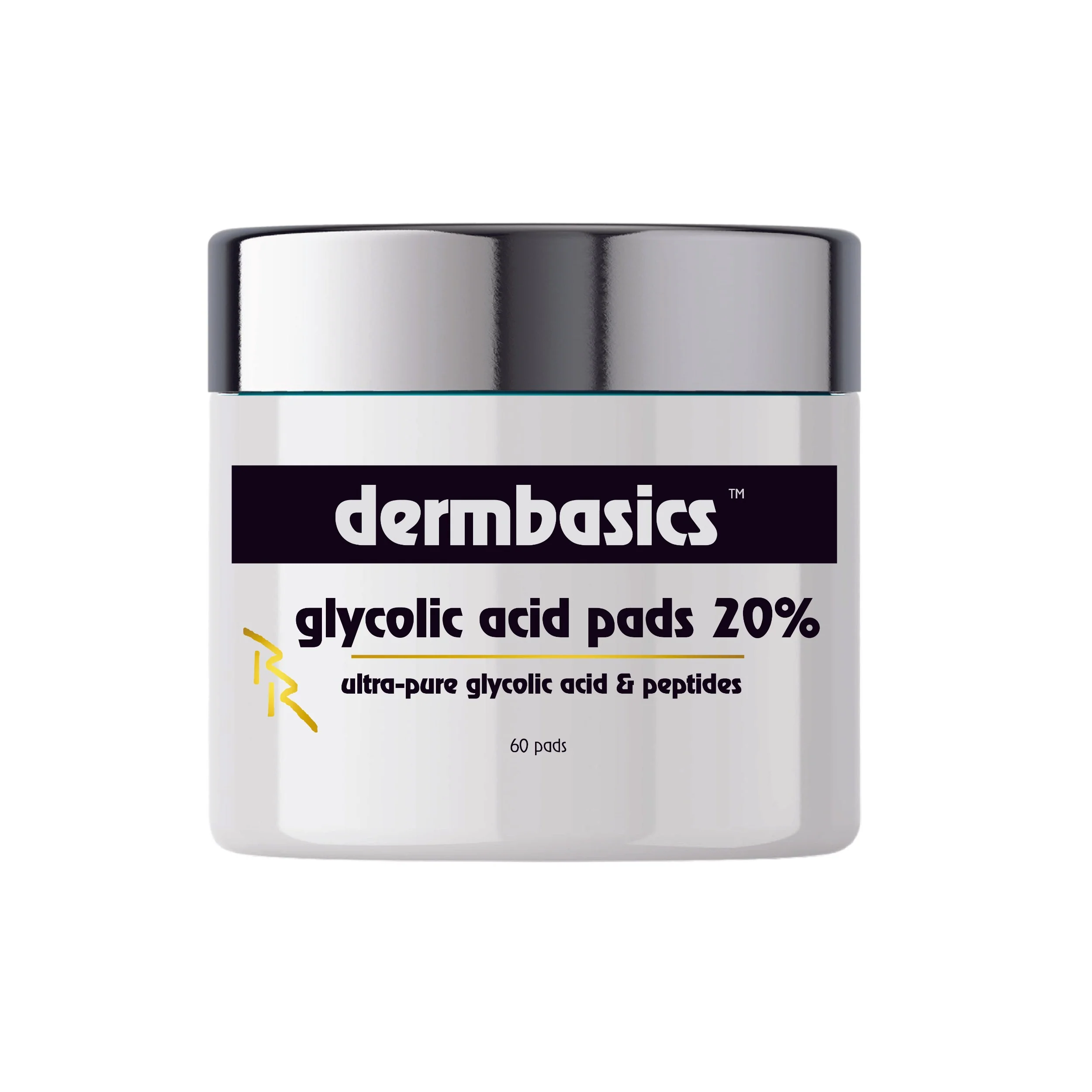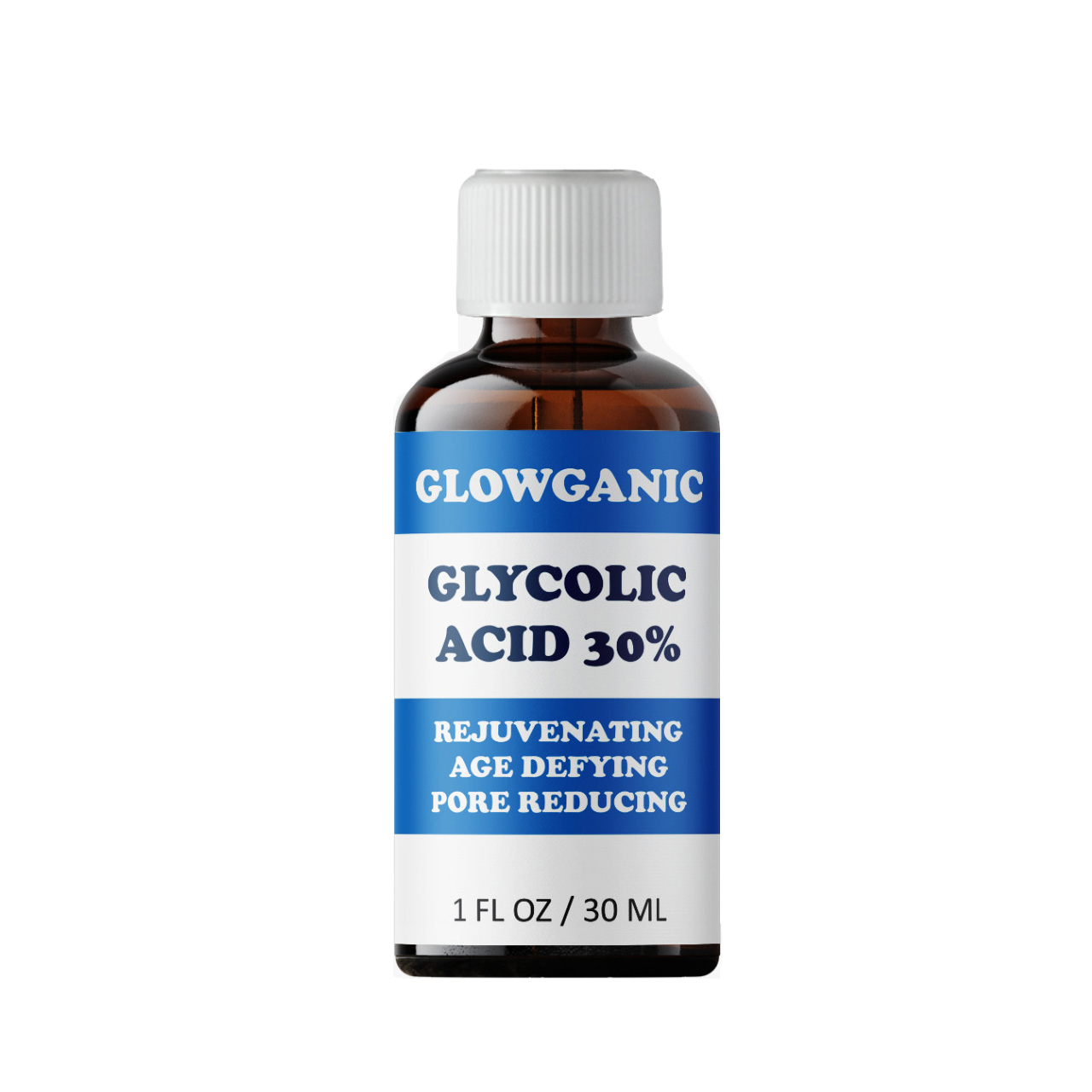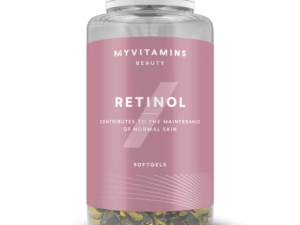Description
Glycolic Acid: Your Guide to Radiant, Renewed Skin
Glycolic acid, often touted as a skincare powerhouse, has earned its reputation for a reason. As one of the most well-studied and effective alpha-hydroxy acids (AHAs), it offers a multitude of benefits, from smoothing fine lines to fading hyperpigmentation and boosting overall skin radiance. But with so many products containing glycolic acid, understanding how it works and how to use it properly is key to unlocking its transformative potential.
What is Glycolic Acid?
Glycolic acid is a naturally occurring acid derived from sugarcane. Its small molecular size allows it to penetrate the skin easily, making it particularly effective at exfoliating the outermost layer of dead skin cells. This exfoliation process, known as chemical exfoliation, helps reveal fresher, brighter skin underneath.
The Benefits of Glycolic Acid:
- Exfoliation and Cell Turnover: Glycolic acid’s primary function is to dissolve the bonds that hold dead skin cells together. This shedding of dull, lifeless skin promotes faster cell turnover, leading to a smoother and more even skin texture.
- Reduced Fine Lines and Wrinkles: By stimulating collagen production, glycolic acid can help diminish the appearance of fine lines and wrinkles. Increased collagen strengthens the skin’s structure, resulting in a more youthful complexion.
- Improved Skin Tone and Texture: Glycolic acid can help fade hyperpigmentation, such as sun spots, age spots, and acne scars. Its exfoliating action allows for the even distribution of melanin, leading to a more uniform skin tone and a refined texture.
- Acne Control: By unclogging pores and preventing the buildup of dead skin cells, glycolic acid can help reduce blackheads, whiteheads, and overall acne breakouts. It also has anti-inflammatory properties that can help soothe irritated skin.
- Increased Product Absorption: By removing the barrier of dead skin cells, glycolic acid allows serums and moisturizers to penetrate deeper into the skin, maximizing their effectiveness.
How to Incorporate Glycolic Acid into Your Routine:
- Start Low and Slow: Begin with a low concentration (around 5-10%) and gradually increase it as your skin builds tolerance.
- Patch Test: Before applying any new product to your entire face, perform a patch test on a small, discreet area to check for any adverse reactions.
- Evening Application: Glycolic acid can make your skin more sensitive to the sun, so it’s best to use it in the evening.
- Sun Protection: Daily sunscreen is crucial when using glycolic acid. Protect your skin from harmful UV rays with a broad-spectrum sunscreen of at least SPF 30.
- Listen to Your Skin: If you experience excessive dryness, redness, or irritation, reduce the frequency of use or switch to a lower concentration.
- Hydration is Key: Glycolic acid can be drying, so ensure you are using a hydrating moisturizer to replenish and protect your skin’s moisture barrier.
Types of Glycolic Acid Products:
Glycolic acid is available in various forms, including:
- Cleansers: Gentle cleansers with low concentrations of glycolic acid can be used daily for mild exfoliation.
- Toners: Toners with glycolic acid can help further exfoliate and prepare the skin for subsequent products.
- Serums: Serums offer a higher concentration of glycolic acid for more intensive treatment.
- Peels: Professional glycolic acid peels offer the highest concentrations and should only be administered by a trained professional.
- Creams and Lotions: These provide a gentler approach to incorporating glycolic acid into your routine.
Who Should Avoid Glycolic Acid?
While generally safe, glycolic acid might not be suitable for everyone. Individuals with the following conditions should consult a dermatologist before using glycolic acid:
- Sensitive Skin: People with highly sensitive skin may experience significant irritation.
- Eczema or Rosacea: Glycolic acid can exacerbate these conditions.
- Damaged Skin: Avoid using glycolic acid on broken or irritated skin.
- Recent Sunburn: Wait until your sunburn has completely healed before using glycolic acid.
Conclusion:
Glycolic acid is a powerful ingredient that can dramatically improve the look and feel of your skin. By understanding its benefits and using it responsibly, you can unlock a radiant, youthful complexion. Remember to start slow, listen to your skin, and always prioritize sun protection. With consistent and careful use, glycolic acid can be a valuable addition to your skincare routine for a long-lasting glow.













Reviews
There are no reviews yet.